
What's a carbon monoxide detector?
What's carbon monoxide?
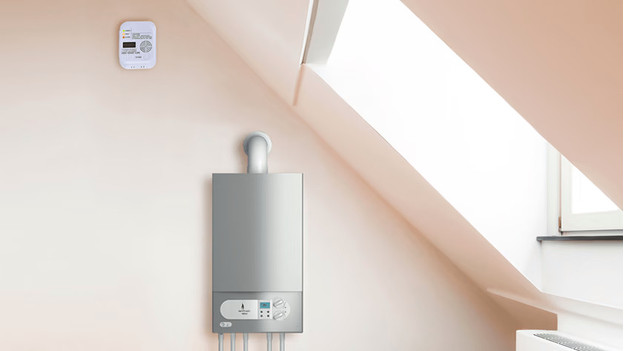
Carbon monoxide consists of 2 parts, oxygen and carbon. It's odorless and invisible, so you won't notice it. This is why you'll need a detector that warns you in case there's too much carbon monoxide in a room. It used to be called coal gas in the past, but it can also develop with incomplete burning of natural gas, gasoline, or wood. Chances are that you have sources of carbon monoxide in your house.
How many carbon monoxide detectors do you need?
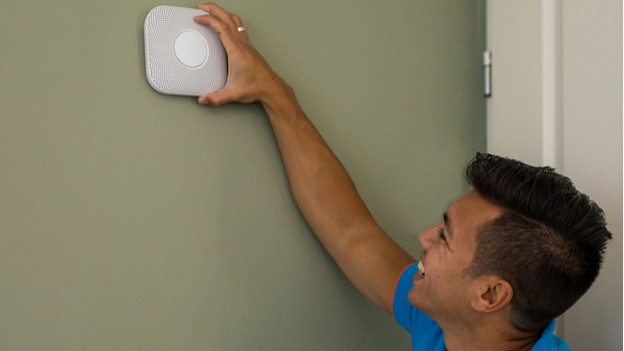
Make sure to install a detector in each room with a source of carbon monoxide. You'll need a detector in your kitchen if you cook on gas and don't have proper ventilation. Mount the detectors on the ceiling in the middle of the room at least at 30cm distance from the walls.
When is carbon monoxide dangerous?
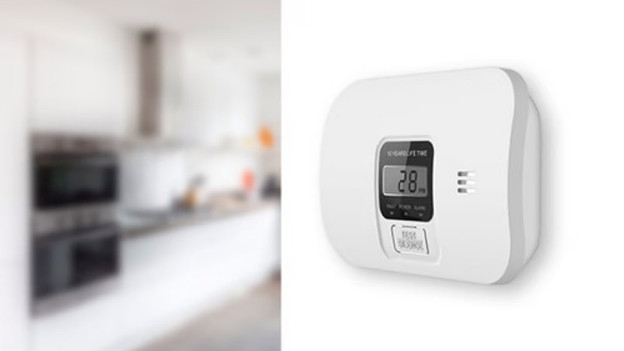
Carbon monoxide binds to your blood, removing the oxygen that flows through your body. That's why you'll quickly get a headache and feel dizzy. Without oxygen, you'll end up passing out. The amount of carbon monoxide is measured per million particles, or ppm. At 150ppm, you'll get a headache after about 2 hours. An amount of 600ppm can be fatal after 3 hours.
How does carbon monoxide develop?
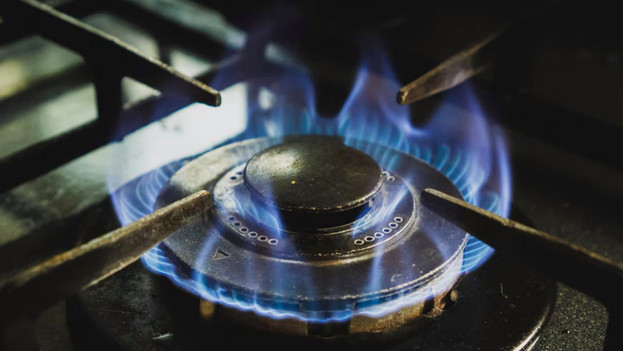
The biggest source of carbon monoxide is your boiler. If it doesn't get enough oxygen, the gas in the boiler doesn't burn completely. This creates carbon monoxide. Carbon monoxide is produced by any product that burns gas. So make sure you always air out the room when you're cooking or have a wood stove on. In addition, you should always make sure there's enough oxygen in the rooms you're using gas in.
What should you do in case of carbon monoxide poisoning?
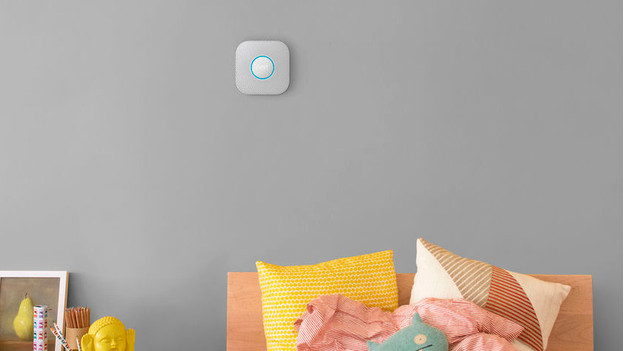
If your carbon monoxide detector goes off, make sure to warn everyone in the house. Open the windows and doors all the way. Go outside if you already have a headache or feel dizzy when the alarm goes off. And if you have time, make sure there's no burning fire inside. Call the emergency services if you stay dizzy when you're outside.
What's the difference with carbon monoxide?
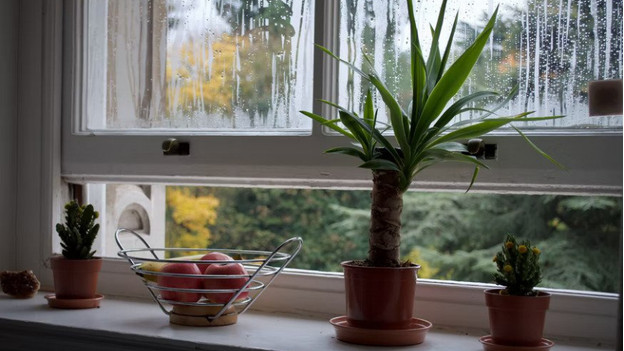
Keep in mind that carbon monoxide isn't the same as carbon dioxide. Dioxide can also cause a headache, drowsiness, and fatigue at large amounts, but it takes a lot longer before it becomes dangerous. While you better go outside as quickly as possible with 400ppm of monoxide, this amount is normal for dioxide. You even breathe out CO2 yourself, and it doesn't get to your blood. You'll still have to open a window in case the levels are really high, but you don't have to leave your house.


